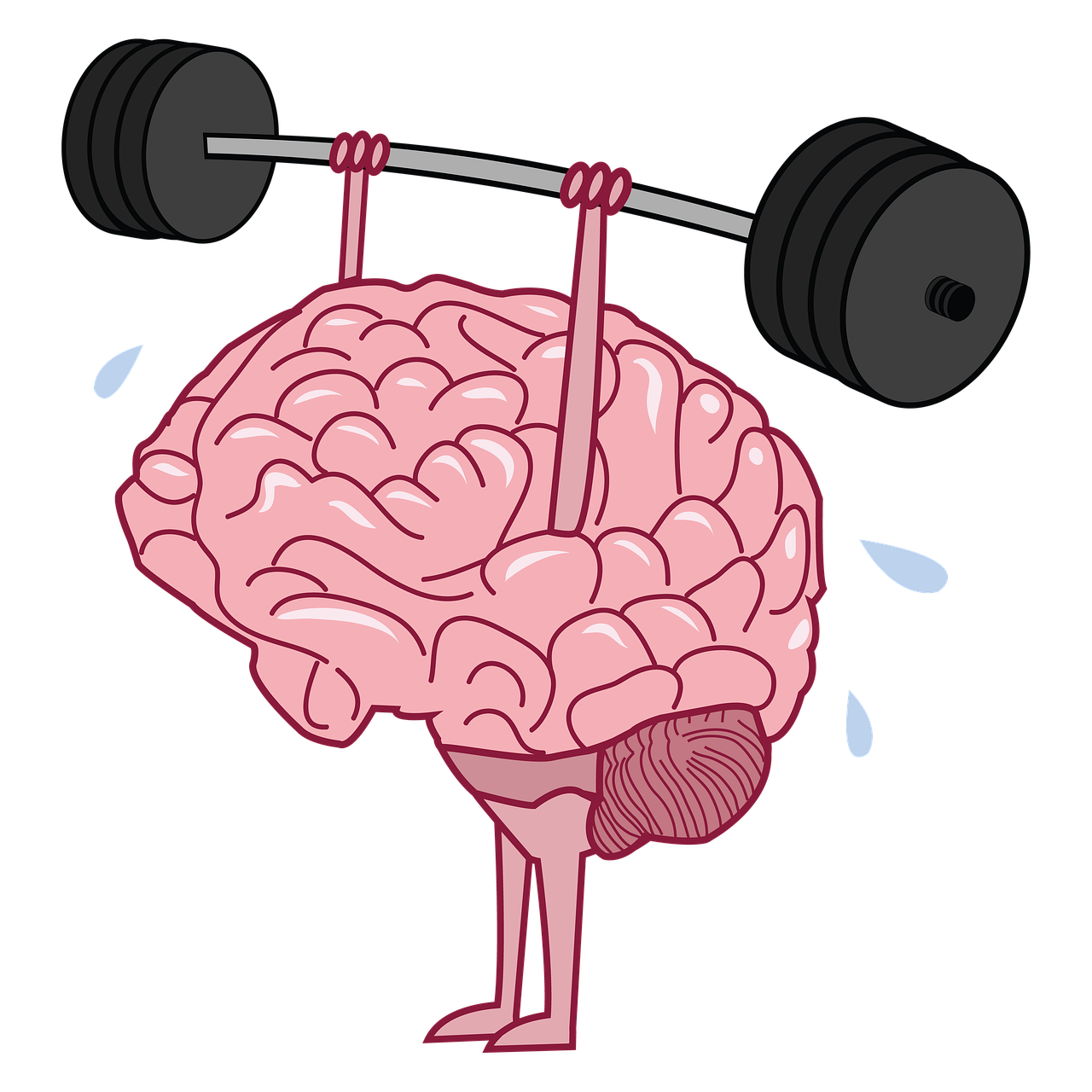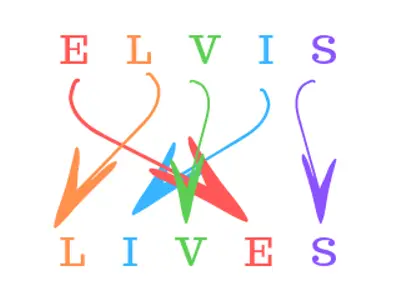Post Categories
How To Solve A Cryptogram In 8 Steps
Do you get that feeling of satisfaction anytime you crack a mind-racking puzzle?
If you do then you’re absolutely going to love cryptograms and the challenge they bring.
Cryptograms are texts that have been encoded to prevent anyone from reading them.
Cryptograms have been around for quite some time and they are fun to solve yourself or with friends.
At first glance, most cryptograms look like jumbled texts with no meaning, discovering the meaning in these texts becomes easy when you know what to look for.
We are going to explore the intriguing world of cryptograms and teach you how to solve them in 8 steps.
Step 1. Isolate one letter words
When it comes to cryptograms the first thing you should look out for is single-letter words or one character phrases.
All single letter words throughout the text should be identified and noted, these single letter words are always letters A or I
- Using this example text “GD U BCINF” the only one character phrase is U which means we can replace it with an I or A.
- In some instances a one letter word can also stand for the letter O. However, this only occurs in rare circumstances like cryptograms when the hidden texts are archaic or poetic. In most cases, it will always be A or I so it still holds.
Step 2. Notice the repetition of certain letters
After you have identified the single letters in your cryptogram what comes next is analyzing the frequency at which certain letters occur.
This is because in the English language some letters appear more often than others. Cryptographers have come up with a mnemonic device that sums up the letters with the most repetition ETAOIN.
This combination of letters is arranged in order of frequency. The letter E occurs the most while the rest occur with decreasing frequency.
Immediately you spot a letter appearing several times in your puzzle you can assume it’s one of the ETAOIN letters. Unlike the letters of ETAOIN certain letters don’t appear quite as much in most sentences in the English language.
These letters are Z, Q, J, and K they often appear once throughout the puzzle and should be substituted accordingly.
Step 3. Take note of contractions endings and the apostrophe
We all use contractions to make certain words shorter, the good thing about them is that they also give us a clue to use when solving puzzles.
Contractions used in sentences include can’t, they’ve, you’ll, she’s, I’m, he’d, etc. This makes it easier for us to identify some characters in the texts.
- When the text has just one character after the apostrophe it is almost always T or S
- When the text has just one character before the apostrophe, then the word you’re looking for should either be I’D or I’M.
- When there are two characters after the apostrophe in a text then it could only be RE or VE.
Step 4. Target the two and three-letter words
After decrypting letters with the apostrophe and eliminating the one-letter words you may see your puzzle begin to take shape.
Your next step should be targeting two and three-letter words, especially those with one decoded letter.
Identifying the remaining letters shouldn’t be hard since there are only a few two and three-letter words that pop up in cryptograms.
- Examples of common two-letter words include: GO, NO, IT, BE, DO, IF, and AN, etc.
- Examples of common three-letter words include: OUR, DAY, GET, HIM, NOW, HAD, MAN, etc
- THE and AND are the most used three-letter words in sentences, spotting them early can help you decrypt puzzles faster.
Step 5. Write the perceived letter above the encrypted text
This is a straightforward step that you can employ when you are confident enough to start making guesses.
Once you identify a certain character you should write the letter above it, doing this everywhere the character appears.
it is also important to make sure the letter placement makes sense, when a letter I is the last character in a text you should know a mistake was made.
Have it at the back of your mind that mistakes are normal, use a pencil so you can try again whenever you spot an error.
Step 6. Double letters are important
In most sentences, double letters are indicators that certain words were used in that sentence. There are only a few common words that use double letters.
- Very few letters repeat in cryptograms and when they do they are always RR, LL, MM, NN, EE, or OO.
- Examples of these words include GULL, REEF, SOON, etc.
Step 7. Spot digraphs in sentences
Digraphs are a combination of words that make a single sound when pronounced. They can help you solve your puzzles because they appear in pairs.
There are common digraphs that appear several times in sentences and there are those that are uncommon.
- Examples of digraphs in cryptograms include PH, CH, SH, SK, LK, TH.
- Digraphs with the letter K usually appear at the end of words
- The letter X is often preceded by A or E.
- The next letter after Q is often a U.
Step 8. Trial and error can be just what you need
Some cryptograms require a lot of work to be solved and you shouldn’t beat yourself up for not getting it on your first try.
Don’t get rattled when the techniques listed above don’t work, keep trying till you get definitive answers.
In Conclusion
Cryptograms can be fun or frustrating depending on how easy or hard they are to solve. This makes it a useful tool to conceal messages or have fun with friends.
Practicing regularly can help you get better at guessing missing words. The context of the puzzle can also give you important insights which will make solving the cryptogram easier.
Cryptograms are often coded quotes, jokes, and aphorism. This means certain words will appear more often than they do in everyday sentences.
We believe in the beauty of puzzles which is why we have given you the steps to help you solve cryptograms you can encounter in everyday life.
Other Posts
A Look Back at the World's First Crossword Puzzle
Oh, the humble crossword! A crossword is a word game that has puzzled, delighted, and occasionally infuriated us for over a century. But have you ever stopped to wonder about the history of this beloved pastime? Buckle up, word nerds, because we're about to embark on a wild ride through the annals of crossword history!
The Top Brain Training Apps Of 2024
Never has the need for brain training been so great as it is today. Most of us spent much of the last 3-4 years at home during lockdown, teens stared at their screens and many of us suffered brain fog as a consequence. So, what better way is there to boost our brain health than to try some brain training techniques...
How To Solve An Anagram In 6 Easy Steps
If you’re the kind of person that can instantly solve an anagram within the first few seconds of seeing it, with all the letters magically swirling and floating into place like you’re Sherlock Holmes, then please know that we all envy you...


